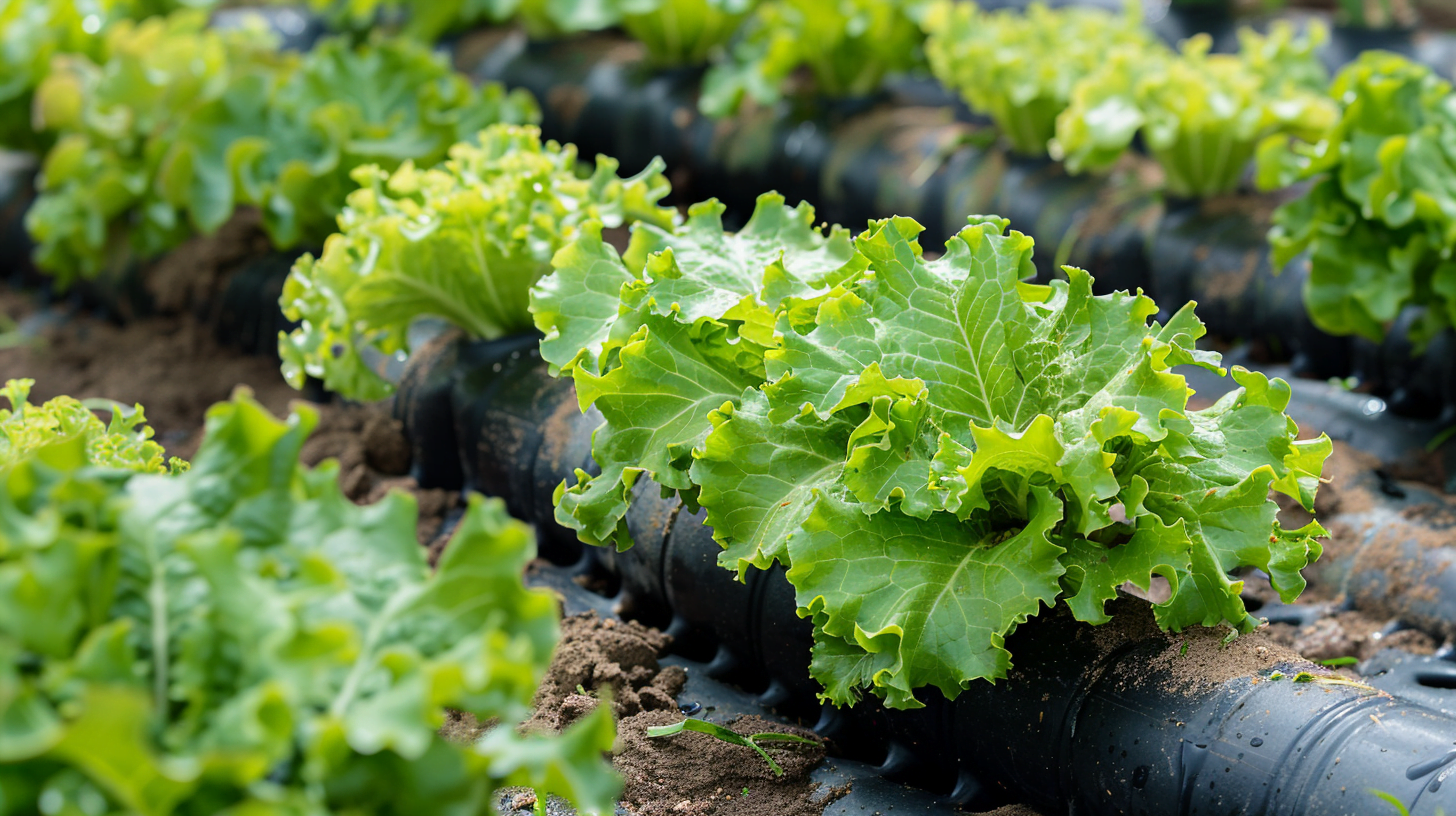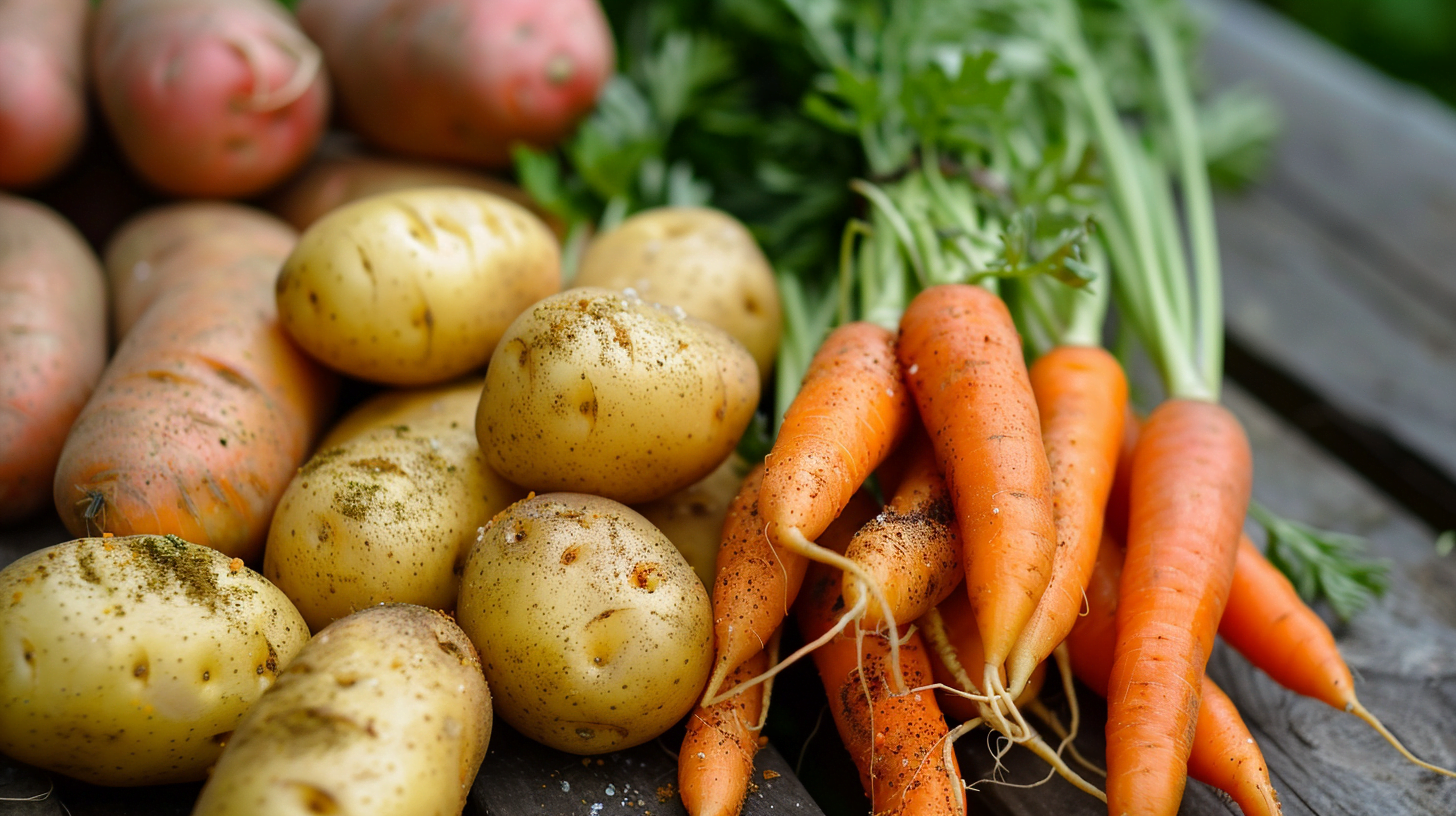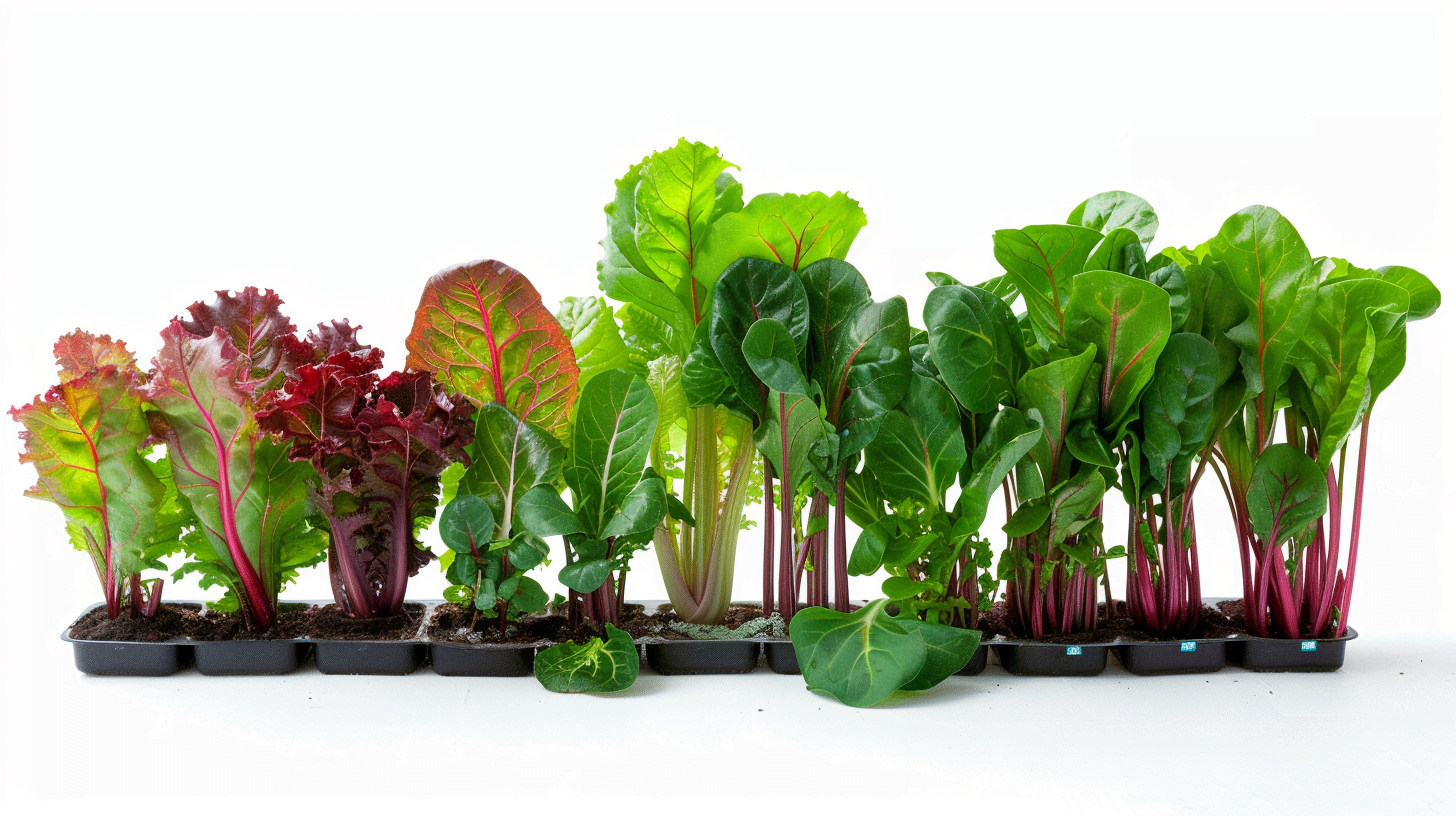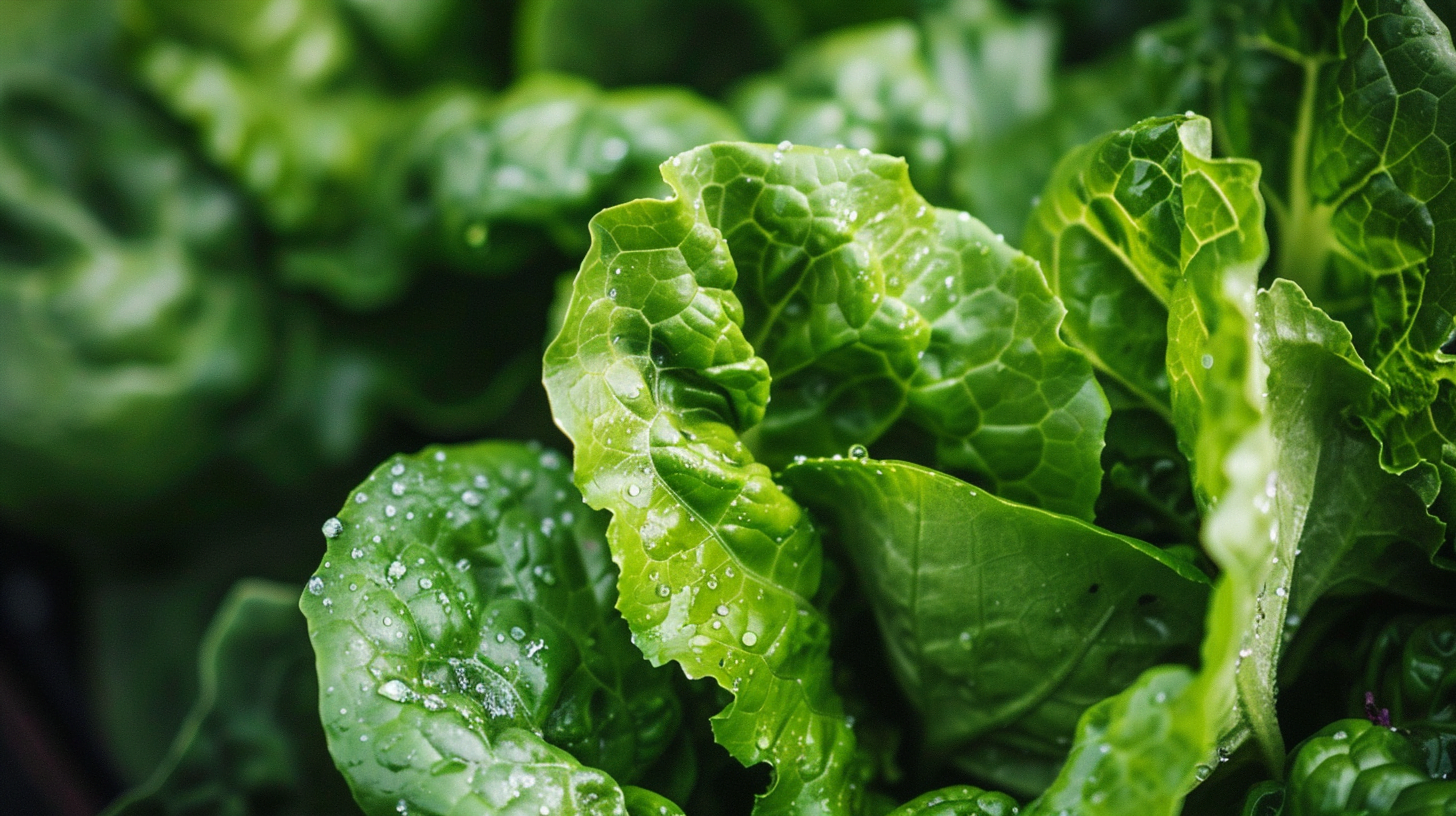Introduction
Hydroponics, the method of growing plants without soil, has gained immense popularity among gardening enthusiasts and commercial growers alike. But what happens when you want to transfer your hydroponic plants to soil? This comprehensive guide will explore the feasibility, process, and benefits of planting hydroponic plants in soil. Whether you’re a seasoned gardener or a curious beginner, this article will provide you with all the information you need to make a successful transition.
Understanding Hydroponics and Soil-Based Gardening
What is Hydroponics?
Hydroponics is a method of growing plants using nutrient-rich water instead of soil. This technique allows for precise control over the growing environment, leading to faster growth and higher yields. Common types of hydroponic systems include:
- Nutrient Film Technique (NFT): A thin film of nutrient solution flows over the roots.
- Deep Water Culture (DWC): Plants are suspended in nutrient-rich water.
- Aeroponics: Roots are misted with nutrient solution.
Advantages of Hydroponics:
- Faster growth rates.
- Higher yields.
- Efficient use of water and nutrients.
- Reduced risk of soil-borne diseases.
What is Soil-Based Gardening?
Soil-based gardening, the traditional method of growing plants, relies on soil to provide nutrients, water, and support. This method has been practiced for centuries and offers several benefits.
Advantages of Soil-Based Gardening:
- Natural nutrient cycling.
- Improved root structure and stability.
- Enhanced flavor and nutritional content of produce.
Comparison Between Hydroponics and Soil-Based Gardening:
| Feature | Hydroponics | Soil-Based Gardening |
|---|---|---|
| Growth Rate | Faster | Slower |
| Yield | Higher | Moderate |
| Water Usage | More efficient | Less efficient |
| Disease Risk | Lower (soil-borne diseases) | Higher (soil-borne diseases) |
| Nutrient Control | Precise | Less precise |
| Initial Setup Cost | Higher | Lower |
Reasons for Transferring Hydroponic Plants to Soil
Common Motivations
There are several reasons why you might want to transfer hydroponic plants to soil:
- Space Limitations: Hydroponic systems can be space-intensive. Moving plants to soil can free up space for other uses.
- Cost Considerations: Soil-based gardening can be more cost-effective in the long run, especially for hobbyists.
- Personal Preference: Some gardeners prefer the traditional feel and aesthetics of soil-based gardening.
- Plant Health and Growth Benefits: Certain plants may thrive better in soil due to its natural nutrient composition and structure.
Potential Challenges
Transferring hydroponic plants to soil is not without its challenges:
- Nutrient Delivery Differences: Hydroponic plants are accustomed to a constant supply of nutrients. Soil may not provide the same consistency.
- Root System Adaptation: Hydroponic roots are often more delicate and may struggle to adapt to soil.
- Environmental Changes: Differences in humidity, temperature, and light can affect plant health during the transition.
Preparing Hydroponic Plants for Soil Transition
Assessing Plant Health
Before transferring your hydroponic plants to soil, it’s crucial to assess their health:
- Root Health: Check for healthy, white roots. Avoid plants with brown or slimy roots.
- Pests and Diseases: Inspect plants for any signs of pests or diseases. Treat any issues before transplanting.
Gradual Acclimatization
Gradually acclimating your plants to soil conditions can help reduce transplant shock:
- Hardening Off: Gradually expose plants to outdoor conditions if they will be moved outside. Start with a few hours a day and increase the duration over a week.
- Soil Introduction: Begin by placing the plants in a mix of hydroponic medium and soil. Gradually increase the soil content over a week.
Step-by-Step Guide to Planting Hydroponic Plants in Soil
Materials Needed
To successfully transfer hydroponic plants to soil, you’ll need the following materials:
- Pots or garden beds
- High-quality soil mix
- Watering can or hose
- Trowel or small shovel
- Rooting hormone (optional)
Choosing the Right Soil
Selecting the right soil is crucial for the success of your transplanted plants:
- Well-Draining Soil: Ensure the soil has good drainage to prevent root rot.
- Nutrient-Rich Soil: Choose a soil mix that is rich in organic matter and nutrients.
Transplanting Process
Follow these steps to transplant your hydroponic plants to soil:
- Remove Plants from Hydroponic System: Gently remove the plants from the hydroponic system, taking care not to damage the roots.
- Rinse Roots: Rinse the roots with water to remove any hydroponic medium.
- Prepare Soil: Fill pots or garden beds with the chosen soil mix.
- Planting: Dig a hole in the soil and place the plant’s roots into it. Cover the roots with soil and gently press down to secure the plant.
- Initial Watering: Water the plants thoroughly to help settle the soil around the roots.
Post-Transplant Care
Watering and Nutrient Management
Proper watering and nutrient management are essential for the success of your transplanted plants:
- Watering Schedule: Adjust the watering schedule to ensure the soil remains moist but not waterlogged.
- Nutrient Requirements: Monitor the plants for signs of nutrient deficiencies and supplement with organic fertilizers if needed.
Monitoring Plant Health
Keep a close eye on your plants to ensure they are adapting well to their new environment:
- Signs of Successful Adaptation: Look for new growth and healthy leaves.
- Common Issues: Watch for signs of transplant shock, such as wilting or yellowing leaves. Address any issues promptly.
Frequently Asked Questions
Can All Hydroponic Plants Be Transferred to Soil?
Not all hydroponic plants adapt well to soil. Plants with delicate root systems or those that require specific nutrient conditions may struggle. However, many common vegetables and herbs, such as tomatoes, lettuce, and basil, can successfully transition to soil.
How Long Does the Transition Take?
The transition period can vary depending on the plant species and environmental conditions. Generally, it takes about 1-2 weeks for plants to acclimate to soil.
What Are the Signs of Transplant Shock?
Transplant shock can manifest in several ways:
- Wilting: Leaves may droop or wilt.
- Yellowing Leaves: Leaves may turn yellow or brown.
- Stunted Growth: Plants may stop growing temporarily.
To mitigate transplant shock, ensure proper watering, provide adequate nutrients, and gradually acclimate plants to their new environment.
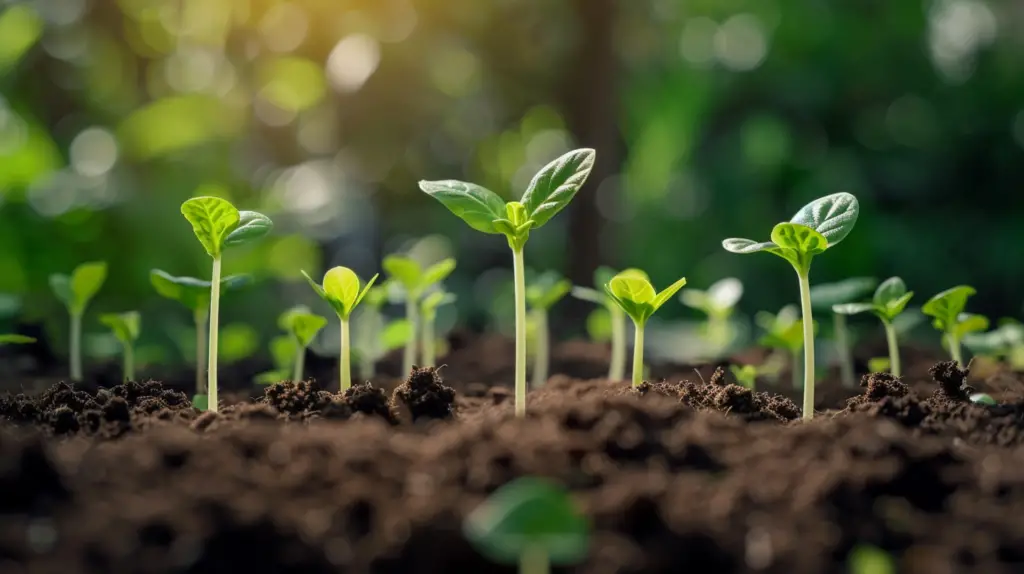
Success Stories and Case Studies
Real-Life Examples
Case Study 1: Tomatoes
A gardener successfully transferred hydroponic tomato plants to soil by gradually introducing them to outdoor conditions. The plants showed signs of new growth within a week and produced a bountiful harvest.
Case Study 2: Basil
Another gardener moved hydroponic basil plants to soil in pots. By using a well-draining soil mix and providing consistent watering, the basil plants thrived and produced flavorful leaves.
Conclusion
Recap of Key Points
Transferring hydroponic plants to soil is a feasible and rewarding process. By understanding the differences between hydroponics and soil-based gardening, preparing your plants properly, and providing the right care, you can successfully make the transition.
Encouragement to Experiment
Don’t be afraid to experiment with transferring your hydroponic plants to soil. With patience and proper care, you can enjoy the benefits of both hydroponic and soil-based gardening.
